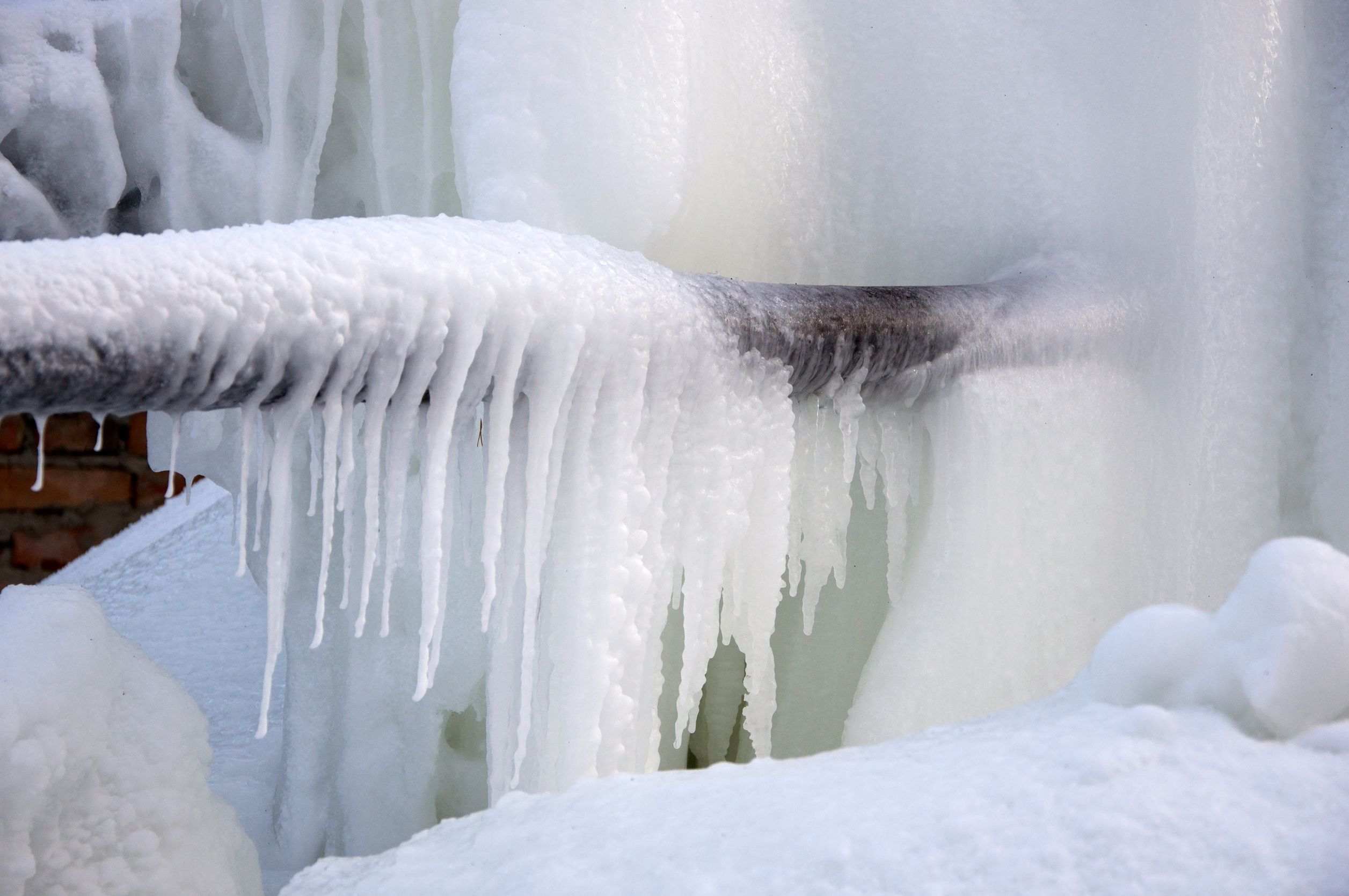Critical Strategies for Preventing Frozen Plumbing in Winter
Critical Strategies for Preventing Frozen Plumbing in Winter
Blog Article
How do you really feel in regards to Preventing and dealing with frozen pipes?

Cold weather can damage your pipes, specifically by freezing pipelines. Right here's just how to avoid it from occurring and what to do if it does.
Introduction
As temperature levels decrease, the danger of icy pipelines rises, possibly causing pricey repair work and water damage. Comprehending exactly how to stop icy pipelines is critical for homeowners in cold climates.
Comprehending Icy Pipelines
What creates pipes to ice up?
Pipelines ice up when exposed to temperature levels listed below 32 ° F (0 ° C) for prolonged periods. As water inside the pipes ices up, it broadens, putting pressure on the pipe wall surfaces and potentially causing them to burst.
Threats and problems
Frozen pipelines can result in supply of water disturbances, property damage, and costly repair services. Burst pipes can flooding homes and cause substantial architectural damages.
Indicators of Frozen Pipes
Recognizing frozen pipelines early can stop them from bursting.
Just how to recognize frozen pipes
Seek lowered water flow from taps, unusual smells or sounds from pipelines, and visible frost on subjected pipes.
Prevention Tips
Insulating vulnerable pipelines
Wrap pipelines in insulation sleeves or utilize warm tape to secure them from freezing temperature levels. Focus on pipelines in unheated or external locations of the home.
Heating techniques
Maintain interior spaces appropriately heated up, especially locations with pipes. Open closet doors to permit warm air to flow around pipelines under sinks.
Safeguarding Exterior Pipes
Garden tubes and exterior faucets
Separate and drain garden pipes prior to wintertime. Install frost-proof faucets or cover outside faucets with protected caps.
What to Do If Your Pipelines Freeze
Immediate actions to take
If you believe frozen pipes, keep taps open up to relieve pressure as the ice melts. Utilize a hairdryer or towels taken in hot water to thaw pipes slowly.
Long-Term Solutions
Architectural changes
Take into consideration rerouting pipelines far from outside wall surfaces or unheated areas. Add added insulation to attics, cellars, and crawl spaces.
Updating insulation
Invest in premium insulation for pipes, attic rooms, and wall surfaces. Appropriate insulation aids keep consistent temperatures and minimizes the risk of frozen pipes.
Conclusion
Protecting against frozen pipes calls for aggressive steps and fast actions. By understanding the causes, indicators, and safety nets, house owners can shield their pipes during cold weather.
Helpful Tips to Prevent Frozen Pipes this Winter
UNDERSTANDING THE BASICS: WHY PIPES FREEZE AND WHY IT’S A PROBLEM
Water freezing inside pipes is common during the winter months, but understanding why pipes freeze, and the potential problems it can cause is crucial in preventing such incidents. This section will delve into the basics of why pipes freeze and the associated problems that may arise.
THE SCIENCE BEHIND FROZEN PIPES
When water reaches freezing temperatures, it undergoes a physical transformation and solidifies into ice. This expansion of water as it freezes is the primary reason pipes can burst. As the water inside the pipe freezes, it expands, creating immense pressure on the walls. If the pressure becomes too great, the pipe can crack or rupture, leading to leaks and water damage.
FACTORS THAT CONTRIBUTE TO PIPE FREEZING
Low Temperatures: Extremely cold weather, especially below freezing, increases the risk of pipes freezing. Uninsulated or Poorly Insulated Pipes: Pipes located in unheated areas, such as basements, crawl spaces, or attics, are more prone to freezing. Insufficient insulation or lack of insulation altogether exacerbates the problem. Exterior Wall Exposure: Pipes running along exterior walls are susceptible to freezing as they encounter colder temperatures outside. Lack of Heating or Temperature Regulation: Inadequate heating or inconsistent temperature control in your home can contribute to frozen pipes. PROBLEMS CAUSED BY FROZEN PIPES
- Pipe Bursting: As mentioned earlier, the expansion of water as it freezes can cause pipes to burst, resulting in significant water damage.
- Water Damage: When pipes burst, it can lead to flooding and water damage to your property, including walls, ceilings, flooring, and personal belongings.
- Structural Damage: Prolonged exposure to water from burst pipes can compromise the structural integrity of your home, leading to costly repairs.
- Mold and Mildew Growth: Excess moisture from water damage can create a favorable environment for mold and mildew growth, posing health risks to occupants.
- Disrupted Water Supply: Frozen pipes can also result in a complete or partial loss of water supply until the issue is resolved.
WHY CERTAIN PIPES ARE MORE PRONE TO FREEZING
- Location: Pipes located in unheated or poorly insulated areas, such as basements, crawl spaces, attics, or exterior walls, are at higher risk of freezing.
- Exterior Pipes: Outdoor pipes, such as those used for irrigation or exposed plumbing, are particularly vulnerable to freezing as they are directly exposed to the elements.
- Supply Lines: Pipes that carry water from the main water supply into your home, including the main water line, are critical to protect as freezing in these lines can affect your entire plumbing system.
- Underground Pipes: Pipes buried underground, such as those connected to sprinkler systems or outdoor faucets, can be susceptible to freezing if not properly insulated.
https://busybusy.com/blog/helpful-tips-to-prevent-frozen-pipes-this-winter/

I am very curious about How to prepare your home plumbing for winter weather and I am praying you enjoyed reading our blog entry. Enjoyed our blog posting? Please share it. Let others check it out. Many thanks for going through it.
Call Today Report this page